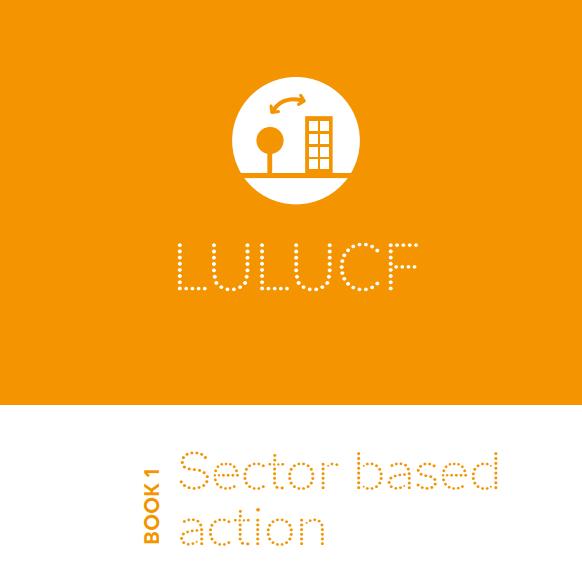Land-Use • LULUCF emissions and the disappearance of the forests: A situation as dramatic as ever
In its overall assessment of greenhouse gas emissions (GHG), the IPCC estimates in its 5th report that the land use and land-use change and forestry sector (LULUCF) is an important sector, responsible for 20 to 25% of global greenhouse gas emissions.

Introduction
In its overall assessment of greenhouse gas emissions (GHG), the IPCC estimates in its 5th report that the land use and land-use change and forestry sector (LULUCF) is an important sector, responsible for 20 to 25% of global greenhouse gas emissions. Soil contains between 1500 and 2400 gigatonnes of CO2, about two to three times the amount of carbon in the atmosphere. The balance between release and storage of carbon in soil is crucial to maintain the climate balance, and the different scenarios envisaging carbon neutrality by the middle of the 21st century all rely on the capacity of forests, grasslands and wetlands to store a portion of the CO2 emitted. Maintaining forests is also a challenge in terms of biodiversity, rain regulation and local communities.
«There is no need to cut down forests to produce more food» is the message hammered out by FAO in its 2016 report entitled «Forests and agriculture: challenges and opportunities for land use». According to the FAO, deforestation in the tropics and subtropics is mainly due to large-scale commercial agriculture (40%) followed by local subsistence agriculture (33%), infrastructure (10%), urban expansion (10%) and mining (10%), «with, however, significant regional variations».
Contents
1 • The LULUCF sector: ever-difficult estimations
2 • The resumption of tropical deforestation
• Brazil: See-saw deforestation
• Other Amazon basin countries
• Accelerating deforestation in Africa
• Trends for the timber industry in Africa
• Malaysia and Indonesia
3 • Reforestation
• The race for trees in India and China
• The complexity of European accounts in the LULUCF sector
• Reforestation in Africa
Conclusion
The continuing destruction of tropical forests is one of the most serious environmental threats today, in terms of both climate and biodiversity. While the Indonesian moratorium will have to be carefully monitored elsewhere in the world, the situation remains critical, with increased risks for recent political developments or the strengthening of the role of companies with little regard for certification. If they do not represent all the LULUCF emissions, forests are an essential element of carbon capture; they are essential for the credibility of carbon neutrality scenarios by 2050. Building an international coherence between their preservation, growing demand for biofuels and changing dietary habits remains a challenge that the world still fails to meet.




